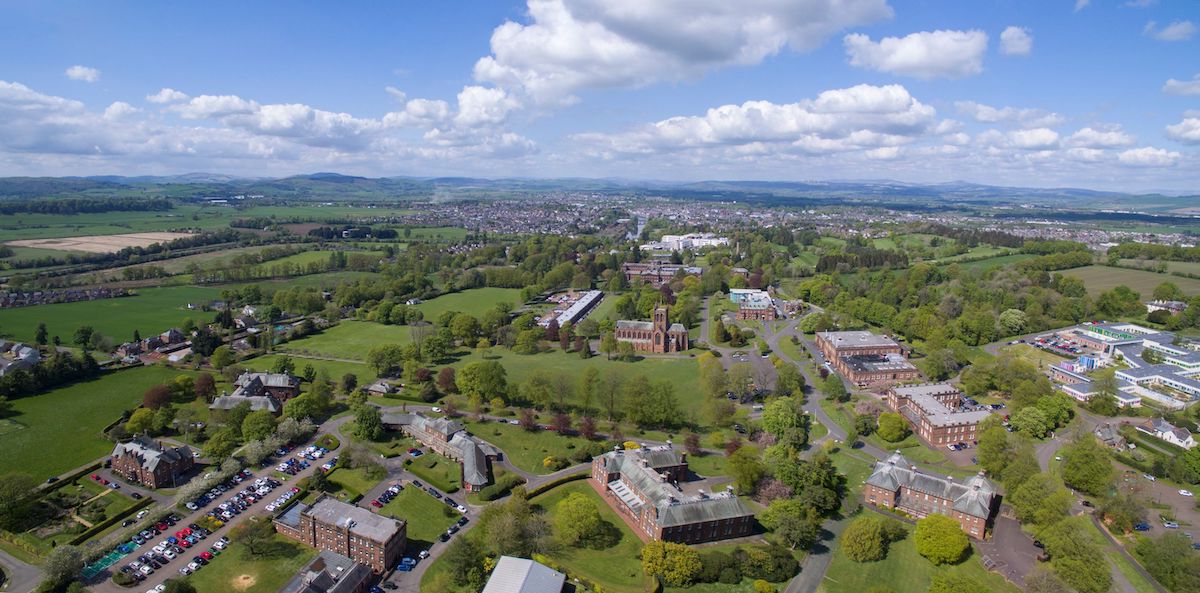
29 Feb The Future of Rural Broadband and Innovations for Remote Living
As the world becomes increasingly interconnected, rural communities are poised for a transformative era in broadband access. Innovations in technology are bringing forth solutions that promise to bridge the digital divide, ushering in a future where remote living is not synonymous with limited connectivity. This article explores the exciting developments and innovations that are shaping the future of rural broadband, unlocking new possibilities for residents and businesses in remote areas.
-
Fiber Optic Expansion: The Backbone of Rural Connectivity
Fiber optic technology, renowned for its high-speed data transmission capabilities, is at the forefront of the rural broadband revolution. While traditionally associated with urban areas, ongoing efforts are being made to extend fiber optic networks into rural regions. The installation of fiber optic cables provides a reliable and future-proof foundation for broadband connectivity, ensuring that even the most remote communities can enjoy high-speed internet access.
Fiber-to-the-home (FTTH) initiatives are gaining momentum, promising direct fiber connections to individual residences in rural areas. This expansion not only elevates internet speeds but also supports bandwidth-intensive applications, such as 4K streaming, virtual reality, and smart home technologies.
-
5G Networks: Transformative Speeds in Remote Landscapes
The rollout of 5G networks is a game-changer for rural broadband access. With unprecedented speeds and low latency, 5G technology transcends the limitations of traditional connectivity in remote areas. The deployment of 5G infrastructure in rural communities facilitates faster downloads, seamless streaming, and enhances the overall digital experience.
Moreover, the agility of 5G opens the door to innovative applications in agriculture, healthcare, and education. Smart farming, telemedicine, and distance learning become not just possibilities but realities, fostering economic development and improving the quality of life for residents in remote regions.
-
Low Earth Orbit (LEO) Satellites: Connecting the Unreachable
Satellite technology has long been a beacon of hope for rural broadband access, and recent advancements in LEO satellite constellations are making satellite internet more reliable and accessible. Companies like SpaceX’s Starlink and OneWeb are deploying constellations of small satellites in low Earth orbit to provide global broadband coverage, including in remote and underserved areas.
LEO satellites offer low latency and higher speeds compared to traditional satellite internet, making them a viable solution for remote living. This innovation ensures that even the most geographically isolated communities can access high-speed internet without the need for extensive terrestrial infrastructure.
-
Community Networks and Mesh Networks: Local Empowerment
In the spirit of community-driven initiatives, local residents are taking matters into their own hands to build and maintain their broadband networks. Community networks and mesh networks involve the collaborative efforts of residents to create decentralized, interconnected networks that extend the reach of broadband access.
These grassroots initiatives empower rural communities, fostering a sense of ownership and self-reliance. By utilizing wireless mesh networks, residents can overcome geographical challenges and tailor their connectivity solutions to the unique needs of remote living.
Conclusion
The future of rural broadband is teeming with innovation, promising a connected and empowered existence for those living in remote areas. From the expansion of fiber optic networks and the transformative capabilities of 5G to the accessibility of LEO satellites and the community-driven spirit of local networks, these innovations are collectively reshaping the landscape of rural connectivity. As these technologies continue to evolve, the digital divide is narrowing, and the prospect of thriving in remote living becomes an exciting reality for rural communities around the world.
